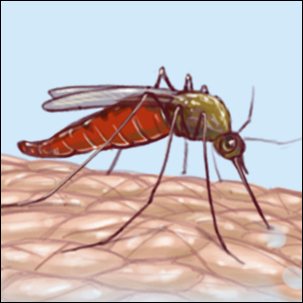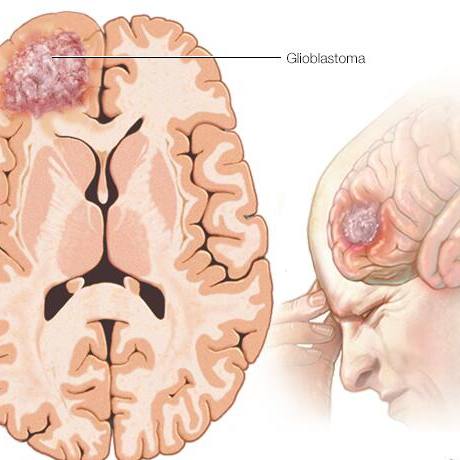-
Featured News
Home Remedies: Coping with conjunctivitis

Pink eye (conjunctivitis) is an inflammation or infection of the transparent membrane (conjunctiva) that lines your eyelid and covers the white part of your eyeball. When small blood vessels in the conjunctiva become inflamed, they're more visible. This is what causes the whites of your eyes to appear reddish or pink.
Pink eye is commonly caused by a bacterial or viral infection, an allergic reaction, or — in babies — an incompletely opened tear duct.
Though pink eye can be irritating, it rarely affects your vision. Treatments can help ease the discomfort of pink eye. Because pink eye can be contagious, early diagnosis and treatment can help limit its spread.
To help you cope with the signs and symptoms of pink eye until it goes away, try to:
- Apply a compress to your eyes.
To make a compress, soak a clean, lint-free cloth in water and wring it out before applying it gently to your closed eyelids. Generally, a cool water compress will feel the most soothing, but you can also use a warm compress if that feels better to you. If pink eye affects only one eye, don't touch both eyes with the same cloth. This reduces the risk of spreading pink eye from one eye to the other. - Try eyedrops.
Over-the-counter eyedrops called artificial tears may relieve symptoms. Some eyedrops contain antihistamines or other medications that can be helpful for people with allergic conjunctivitis. - Stop wearing contact lenses.
If you wear contact lenses, you may need to stop wearing them until your eyes feel better. How long you'll need to go without contact lenses depends on what's causing your conjunctivitis. Ask your doctor whether you should throw away your disposable contacts, as well as your cleaning solution and lens case. If your lenses aren't disposable, clean them thoroughly before reusing them.
This article is written by Mayo Clinic staff. Find more health and medical information on mayoclinic.org.
Related Articles







